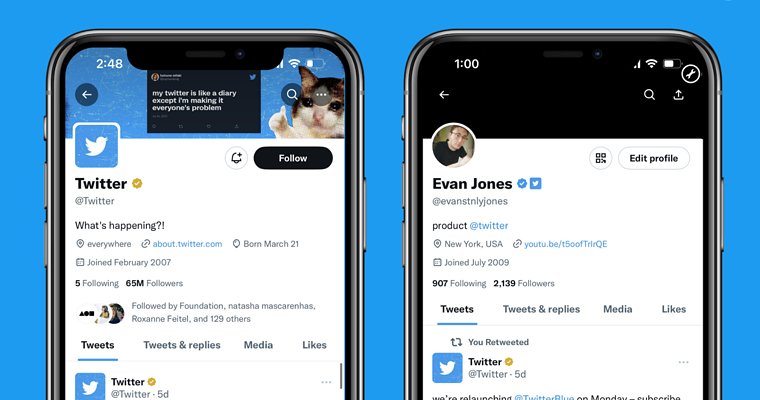Last week, Twitter CEO Elon Musk suddenly revealed that view counts would be publicly visible for all tweets – not just videos shared on the platform.
Previously, this data was only available to the user who posted a tweet through the post insights tools for creators.
The view count appears alongside other engagement metrics such as likes and retweets, below the main content of a tweet. The number also refreshes in real-time.
As Musk said during the announcement, the view count is meant to draw attention to the number of Twitter users that do not typically engage with tweets in public ways – such as commenting or liking:
“[This] shows how much more alive Twitter is than it may seem, as over 90% of Twitter users read, but don’t tweet, reply or like, as those are public actions.”
Twitter users did not appear to be on board with the newly viewable impressions counts, though many complained that the lack of engagement compared to views actually demoralizes creators. It is also a strange time to introduce impression counts when there has been widespread frustration about falling engagement across the platform.
After days of backlash about the feature, Musk said that the platform would be adding the option to turn off view counts.
In response to a comment from someone who disliked the design of Twitter since adding the view count, Musk said the platform will “tidy up the esthetics & add a setting to turn it off.”
Still, the controversial CEO remained positive about the feature, saying “I think almost everyone will grow to like it.”




